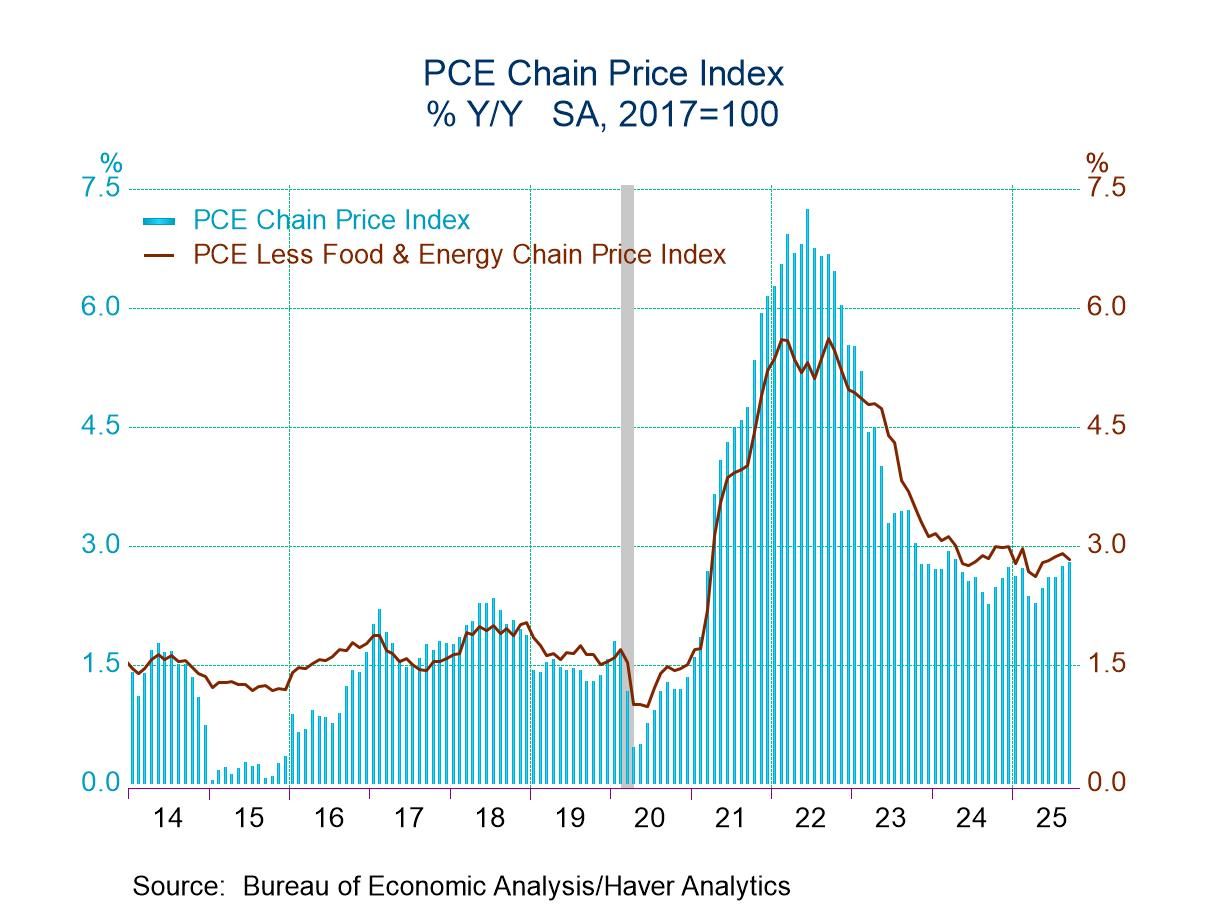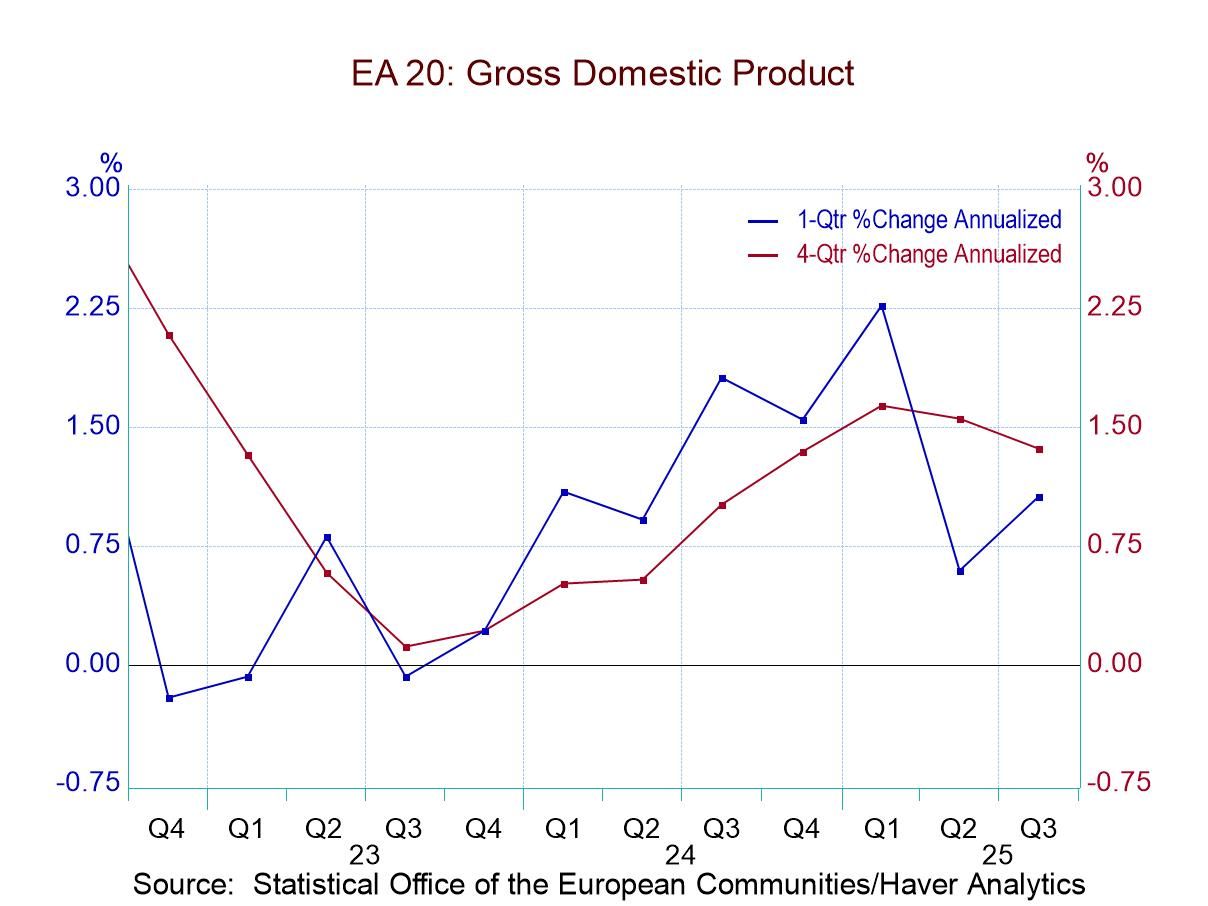 Asia| Jan 22 2024
Asia| Jan 22 2024Economic Letter From Asia: Diving into ASEAN-5
In this week’s letter, we dive into some of the key themes relating to the ASEAN-5 region, including topics on inflation, monetary policy, tourism, trade, and global value chains. For clarity, we define ASEAN-5 economies to comprise Indonesia, Malaysia, Singapore, Thailand, and the Philippines. We note that while inflation has moderated in the region, developments at the country level have been uneven. We also take stock of recent monetary policy trends noting that the region’s central banks seem likely to hold policy rates steady until inflation cools further. Next, we examine tourism, acknowledging the absence of a strong recovery in Chinese tourist arrivals amidst persistent economic troubles at home. We next move to trade, noting the interim stabilization of the region’s exports and explore recent developments in the region’s trade relationship with China. Lastly, we take stock of the region’s standing in global value chains, by examining the value they add to their exports. Also included in the last segment is a nod to the slew of government initiatives aimed at catapulting their respective economies toward innovation and new technologies.
Inflation Headline CPI inflation has cooled significantly in ASEAN-5 economies over the past year on average (chart 1), as food and energy price pressures eased. Average headline ASEAN-5 inflation has fallen to 2.3% y/y in November 2023, from a peak of 6.2% in September 2022. Meanwhile, average core ASEAN-5 inflation moderated to 2.1%, after having peaked at 3.7% in January 2023. Delving deeper, however, we find that progress on disinflation has been uneven across the ASEAN-5 economies. For instance, headline inflation in the Philippines remained comparatively high at 4% in December 2023 despite having cooled from its peak of 8.7% in January 2023. In contrast, Thailand remained in deflation for a third straight month in December 2023, with prices having fallen 0.8% y/y for the period. Nonetheless, price pressures in ASEAN-5 as a whole are likely to be suppressed further if current monetary policy settings are maintained. With that said, inflation risks remain. For one, near-term supply-side bottlenecks induced by regional conflicts (e.g., Russia-Ukraine, Israel-Hamas) may exert external-led price pressures. Also, an eventual rebound in domestic demand in ASEAN-5 may add to domestic inflationary pressures.
Chart 1: Average ASEAN-5 inflation

Monetary policy Central banks of ASEAN-4 economies (ASEAN-5 excluding Singapore) enacted further monetary tightening over 2023 to rein in inflation, while keeping pace with the Fed’s rate hikes (chart 2). The central bank of the Philippines (BSP) has raised its policy rate by 450 bps over its hiking cycle, the most among its peers. On the flip side, Malaysia’s central bank (BNM) raised its policy rate by only 125 bps in its current cycle, restoring the rate to its 3% pre-pandemic level. Compared to ASEAN-4 peers, BNM is among the early movers on rate hikes, having first lifted its policy rate in May 2022, when CPI inflation stood at only 2.8% y/y. Looking ahead, ASEAN-4 central banks seem likely to keep their policy rates unchanged over the immediate months ahead, to keep a lid on inflation. While some expect the central banks to commence rate cuts from H2 this year, the timing of such cuts remains partly conditional on the Fed. As for Singapore, its central bank (MAS) adopts a unique approach, using foreign exchange operations as opposed to policy rates to implement monetary policy. Regardless, the MAS too is looking likely to keep its policy settings unchanged in the coming months, after having tightened five times since October 2021.
Chart 2: Average ASEAN-4 Policy Rate

Tourism Tourism in ASEAN-5 economies continues to be a mixed bag, with arrivals to some regions nearing pre-pandemic levels, while arrivals to others seemingly stagnating. For Thailand, a tourism-dependent economy, arrivals have already almost fully recovered to pre-pandemic levels in December, albeit likely boosted by year-end holiday travel. In contrast, Singapore has seen tourist arrivals decline to 69% of pre-pandemic levels in November 2023, from 89% in July. Regardless, a common theme that persists for ASEAN-5 economies is the absence of many tourists from Mainland China (chart 3). Looking ahead, it remains doubtful if we will see a pick up in the Chinese tourist numbers in the near term, given the country’s ongoing economic struggles.
Chart 3: Tourist arrivals to ASEAN from China

Trade ASEAN-5’s total goods trade by value – including intra-ASEAN-5 trade – finally stabilized in recent months, after having deteriorated through most of 2023. Much of the stabilization was driven by import growth, which resumed in October and November last year (chart 4). Meanwhile, exports continued to register mild year-on-year declines, amidst still-weak global demand. Amid broader moves, ASEAN-5 saw its share of exports to China markedly increase, as export declines to other regions outpaced slowing shipments to China.
Chart 4: ASEAN-5 trade

Nonetheless, the ASEAN-5 bloc continues to run a large trade deficit with China, which significantly worsened in 2022 and only partially reversed in 2023 (chart 5). Looking ahead, while the future of ASEAN-5 exports remains dependent on the state of the global economy, the region still stands to gain from several potential tailwinds. Specifically, ASEAN-5 may benefit further from a trend toward “friendshoring” and “China Plus One” strategies, ongoing trade agreements (e.g., RCEP, CPTPP), and a potential recovery of Chinese demand.
Chart 5: ASEAN-5’s trade with China

Global value chains Zooming out and focusing more on longer-term structural issues, ASEAN-5’s push to move up the global value chain (GVC), especially relating to manufacturing, remains one to watch. At present, however, much room remains for ASEAN-5 to increase its share of value added in its manufacturing exports, which averaged 62.3% between 2015 and 2020 (chart 6). This is especially so in relation to technologically advanced Asian economies like Japan, whose share averaged 79.3% over that 5 year period. For Thailand, the government has turned to a plan (Thailand 4.0) to transform the country into an innovation-driven high-income economy by 2030. The plan includes, among other goals, the establishment of an Eastern Economic Corridor (EEC) – a special economic zone – to foster the development of high-end technologies. For Malaysia, the government has recently unveiled the manufacturing-focused New Industrial Master Plan (NIMP). The plan seeks to increase the value-added share of high-tech manufacturing and services in relation to GDP and turn Malaysia into a regional innovation hub, among other goals.
Chart 6: ASEAN-5 domestic value added as a share of gross exports

Tian Yong Woon
AuthorMore in Author Profile »Tian Yong joined Haver Analytics as an Economist in 2023. Previously, Tian Yong worked as an Economist with Deutsche Bank, covering Emerging Asian economies while also writing on thematic issues within the broader Asia region. Prior to his work with Deutsche Bank, he worked as an Economic Analyst with the International Monetary Fund, where he contributed to Article IV consultations with Singapore and Malaysia, and to the regular surveillance of financial stability issues in the Asia Pacific region.
Tian Yong holds a Master of Science in Quantitative Finance from the Singapore Management University, and a Bachelor of Science in Banking and Finance from the University of London.






